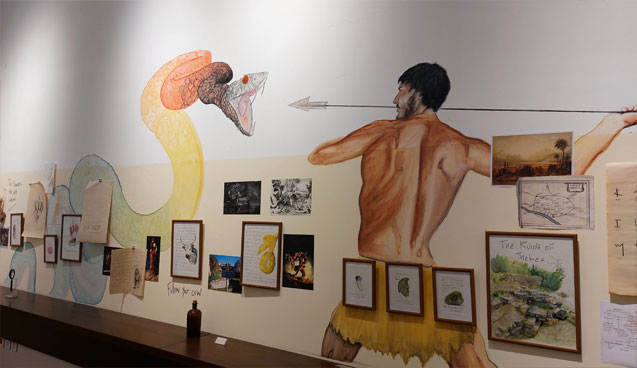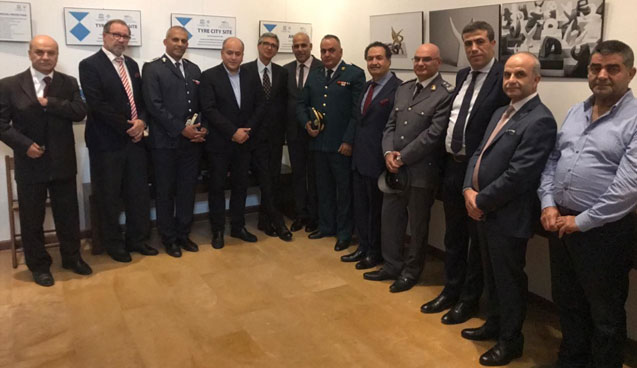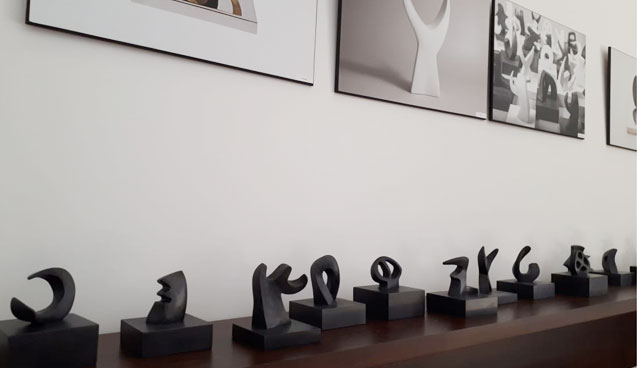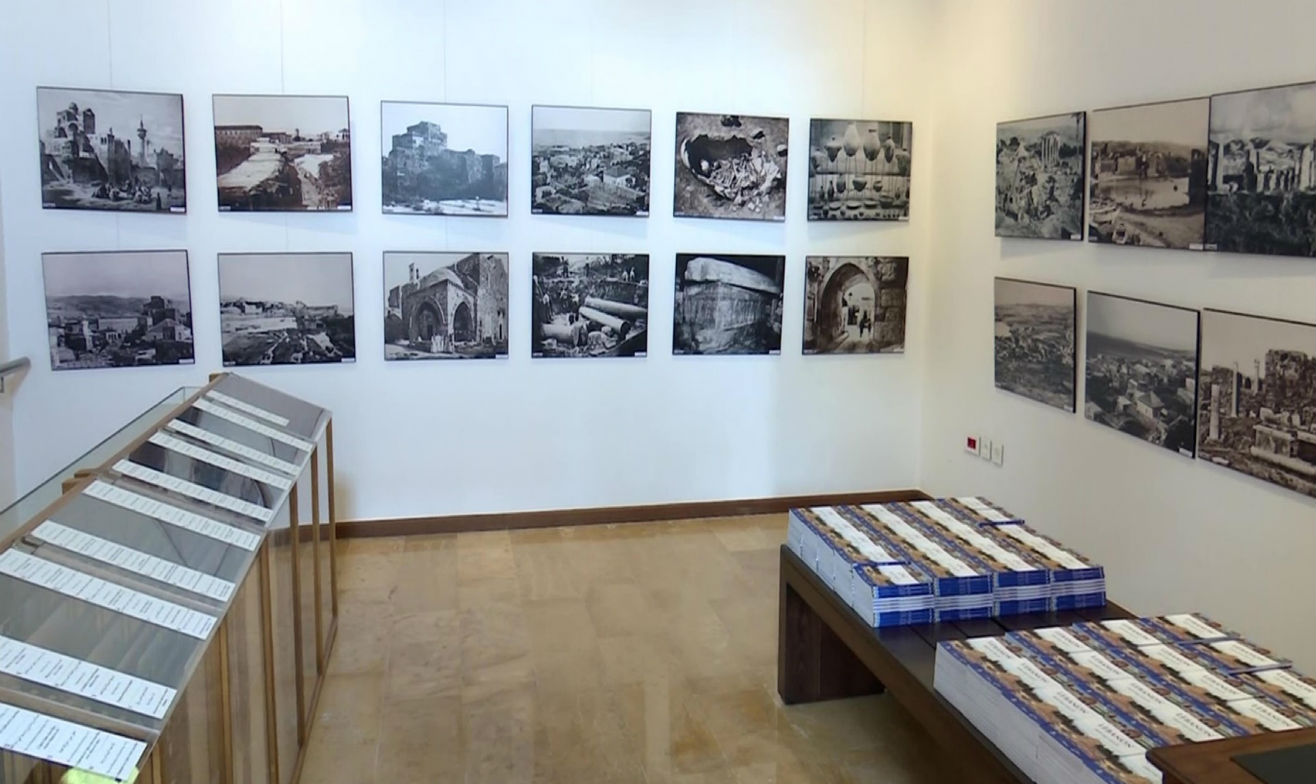Multifunction Room
“The Birth of a Hero”, an Exhibition for Children by Beatrice Doumet

Welcoming people of all ages to discover the myth of Cadmus, “the first hero,” this playful exhibition explores the journey of the Phoenician prince, Cadmus, widely known for spreading the Phoenician alphabet to the world. He also paved the way for legendary heroic figures in mythology and beyond. From dragon-slaying to metamorphosis, this exhibition seeks to map out the story of Cadmus and reveal his journey to heroism.
Exhibition of the Enhanced Protection of Cultural Heritage Sites - Lebanon

The center launched its first interactive workshop on “Disaster Risk Reduction to Protect Natural and Cultural Heritage” on October 15-16, 2019. The Target group encompassed concerned State and local authorities (e.g. Ministry of Culture, Ministry of Tourism, Ministry of Interior and municipalities, Ministry of Defense, IHL Directorate, Lebanese Army, Lebanese UNESCO Commission , Blue Shield National- Lebanon, UNIFIL Lebanon, and National Civil Protection Agencies - (e.g. civil and military engineers, scientists, regional planners, jurists, municipal engineers), ICOMOS , Civil Defense , National Red Cross Lebanon- LRC-DRR, NGOs, CSOs, Professional organizations (Board of Architects, Engineers, Geologists) and others.
Exhibition of the Phoenician Alphabet Series
September 27, 2019

Nayla Romanos Iliya [Architect and Sculptor]
The Phoenician Alphabet: A contemporary Living Culture
The purpose of this group of sculptures is to give a new cultural perspective to the Phoenician alphabet. The artist applies the complex geometry of the characters to express herself and tell metaphorical stories that make her feel closer to her roots, reconciling the present whilst paying tribute to the past. The Phoenician alphabet sculptures are displayed individually, as well as, in dialogue with one another. The reflective steel base of the sculptures symbolizes the reflective surface of the sea. Her work can be found in private collections, mainly in Lebanon, France and the UAE.
Collection of Mr. Fouad Debbas

The multifunction room hosts activities, events and exhibitions taking place at the foundation.
In this space, visitors can find paintings, sculptures & calligraphy by contemporary Lebanese painters and artists who have been inspired by Byblos, in addition to collections of old Byblos pictures, photographs, map albums and slides. They can also watch an eight-minute film titled “Byblos, la cité millénaire”.
In addition, the holdings of this room include reproductions of 75 antique postal cards featuring Byblos from the collection of Mr. Fouad Debbas; photos of various Lebanese sites and characteristic scenery, such as the Jaje cedars, the Haqel fossils, and Adonis Valley; and other various slides and postal cards.
Among the precious collections stored in the multifunction room are:
Sculptures
- Sculpture figurine phénicienne en bois (Alfred Basbous)
- Sculpture tête phénicienne (Nabil Basbous)
- Médaillon moulage de l’alphabet phénicienne (Halim el Hage)
Calligraphy
- The name of Byblos through history
- Calligraphy Chant for Byblos from the French Poet Jean Durtal
- Calligraphy poem “Byblos o mon amour” from Nadia Tueni
Paintings
- Huile de la cathédrale de Jean Marc de Byblos (Joseph Mattar 1994)
- Aquarelle Byblos, Maggie de Camisy
- Huile, Vieux Souk de Byblos (Samira Nehme)
- Peinture à l’encre originale de La Citadelle de Byblos (Unknown)
Check out our collection of paintings and photographs.
